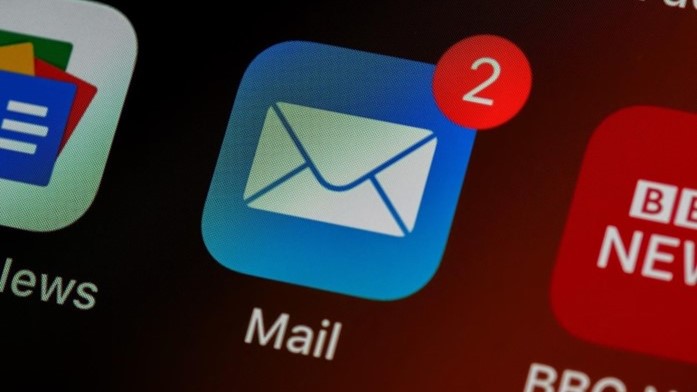
In an increasingly digital world, businesses are continuously adapting to the changing landscape of consumer behavior. One of the most significant shifts in recent years has been the transition from traditional physical print marketing to digital marketing.
While printed advertisements like flyers, brochures, and billboards were once the go-to methods for reaching potential customers, digital marketing has rapidly become the preferred choice for companies looking to engage their target audiences. But why has digital marketing overtaken print alternatives? A number of social, economic, and technological factors provide insight into this shift.
Health Concerns and Hygiene Issues in Physical Print
As society has become more conscious of hygiene and health, particularly in the aftermath of the COVID-19 pandemic, concerns about the transmission of germs have gained prominence. It’s widely known that germs can linger on surfaces for extended periods of time, and physical materials like printed advertisements and brochures are prime candidates for transmitting illness. Studies have shown that about 80% of illness-causing germs are spread by touch, often through contact with objects that have been handled by multiple people. In public spaces, printed materials that are passed around or left unattended can carry a high risk of contamination.
For businesses, this has become a significant consideration when choosing marketing channels. Digital marketing allows for instant, contact-free interaction with consumers. Email campaigns, online ads, and social media promotions can be distributed at scale without ever requiring physical interaction. This not only helps reduce the risk of spreading germs but also aligns with growing consumer preference for hygiene-conscious practices. As a result, companies are finding that digital alternatives offer a safer, more convenient way to reach consumers without the health risks associated with physical print materials.
The Expanding Reach of Live Events and the Digital Advantage
While physical marketing still holds value in certain contexts, one area where digital marketing excels is in reaching a larger and more targeted audience. This is particularly evident in the entertainment and events industry, which saw remarkable growth in 2023. According to Live Nation, more than 145 million fans attended over 50,000 events in 2023, showcasing the enormous scale of live entertainment. However, despite this vast attendance, not everyone can participate in live events, and the audience extends far beyond the physical confines of the venue.
Here, digital marketing shines. With the ability to stream events, create virtual experiences, and target specific consumer demographics through online platforms, businesses can leverage the power of the internet to engage audiences on a global scale. Social media campaigns, online ticket sales, and virtual event promotions allow marketers to connect with millions of potential customers in ways that traditional print media simply cannot. Digital marketing offers immediate access, scalability, and a broader reach that print marketing lacks. Whether promoting upcoming concerts, festivals, or local events, businesses are increasingly turning to digital tools to meet their marketing goals.
Economic Pressures and the Shift Toward Cost-Effective Solutions
The financial strain many consumers are facing today has also played a role in the rise of digital marketing. According to a recent study by StudyFinds, seven out of 10 Americans are living paycheck to paycheck. With such a large portion of the population experiencing financial stress, businesses must be more thoughtful about how they allocate their marketing budgets. Print marketing, with its high production and distribution costs, can quickly become prohibitively expensive. Whether it’s printing thousands of brochures, renting space for billboards, or investing in direct mail campaigns, the costs associated with traditional marketing methods can add up fast.
In contrast, digital marketing offers a more affordable and flexible alternative. Social media platforms, search engine optimization (SEO), and pay-per-click advertising provide targeted solutions that allow businesses to optimize their spending while reaching specific audiences. These digital tools also allow for real-time tracking, enabling marketers to adjust their strategies quickly based on performance data. For businesses operating in a financially constrained environment, digital marketing provides a more cost-effective, measurable, and adaptable solution compared to the static nature of physical print materials.
Conclusion
The rise of digital marketing over traditional print alternatives is not simply a trend—it’s a result of evolving consumer behaviors, health concerns, and economic realities. As digital marketing continues to evolve, it’s clear that businesses are adapting to the changing needs of consumers, and in doing so, they’re embracing the power and potential of digital solutions to drive success in an increasingly connected world.



